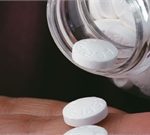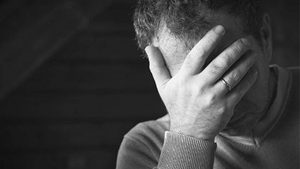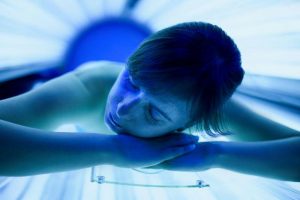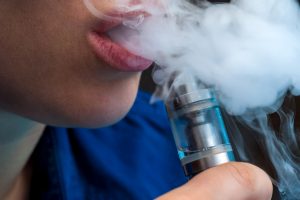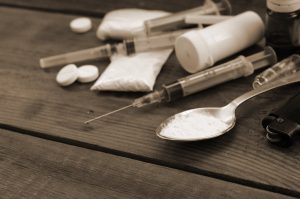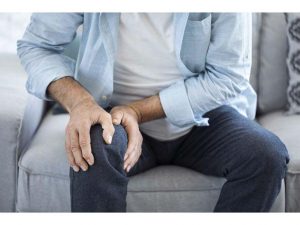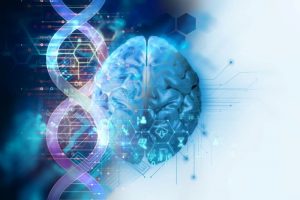
The holidays are peak buying time, and perhaps the worst time of the year for people who simply can’t control their urge to shop. Now, research shows that the ease of online purchasing could be making things worse for people with so-called “buying-shopping disorder” (BSD). BSD is still debated as a stand-alone diagnosis, and hasn’t yet been included in the psychologists’ bible, the Diagnostic and Statistical Manual of Mental Disorders. But that’s probably only because not enough good data on the condition exists, said the author of a recent study into online shopping addiction. There’s a “relative lack of published scientific literature,” said Dr. Astrid Muller — but psychologists have long dealt with such cases. “There is well over 100 years of clinical history describing dysfunctional buying or acquisition excesses that interfere with daily life, and are associated with significant clinical distress and impairment in important areas of functioning,” said Muller. She’s head psychologist in the department of psychosomatic medicine and psychotherapy at Hannover Medical School in Germany. BSD is defined as an “extreme preoccupation with shopping and buying [and] to impulses to purchase that are experienced as irresistible,” Muller said. The condition can cause real harm, including post-purchase guilt and regret, a sense of loss of control, family conflict over excessive purchasing, and financial distress. According to Muller, BSD is thought to affect about… read on >











